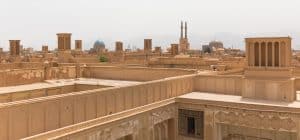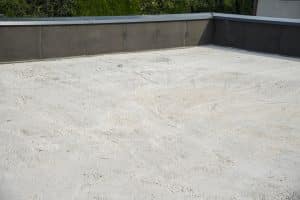
When Were Flat Roofs First Used?
You can find several buildings or homes with flat roofing in Calgary. Yet, what is it about that’s made it so commonplace? Where and when

You can find several buildings or homes with flat roofing in Calgary. Yet, what is it about that’s made it so commonplace? Where and when

Winter ushers in a sudden drop in temperatures that don’t go unnoticed by everyone in the city. Naturally, the shift to colder conditions has many
TESTIMONIALS
CITY ROOFING & EXTERIORS
GET STARTED TODAY
3935 3a St NE Unit #3 Calgary, AB T2E 6S7
OPENING HOURS
Mon – 8:00am-7:00pm
Tue – 8:00am-7:00pm
Wed – 8:00am-7:00pm
Thu – 8:00am-7:00pm
Fri – 8:00am-7:00pm
Sat – 8:00am-7:00pm
Sun – CLOSED
EMAIL US
© COPYRIGHT 2022 | CITY ROOFING & EXTERIORS | PRIVACY POLICY | TERMS | DISCLAIMER | SITEMAP
SHARE